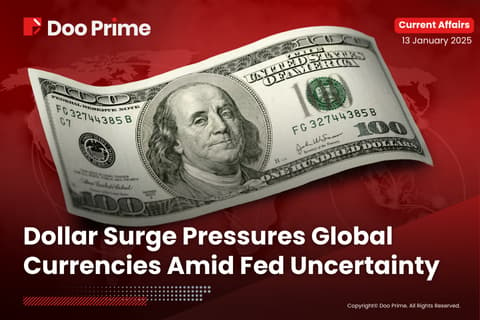WORLDWIDE: HEADLINES
German Imports, Exports Jump More Than Expected In February
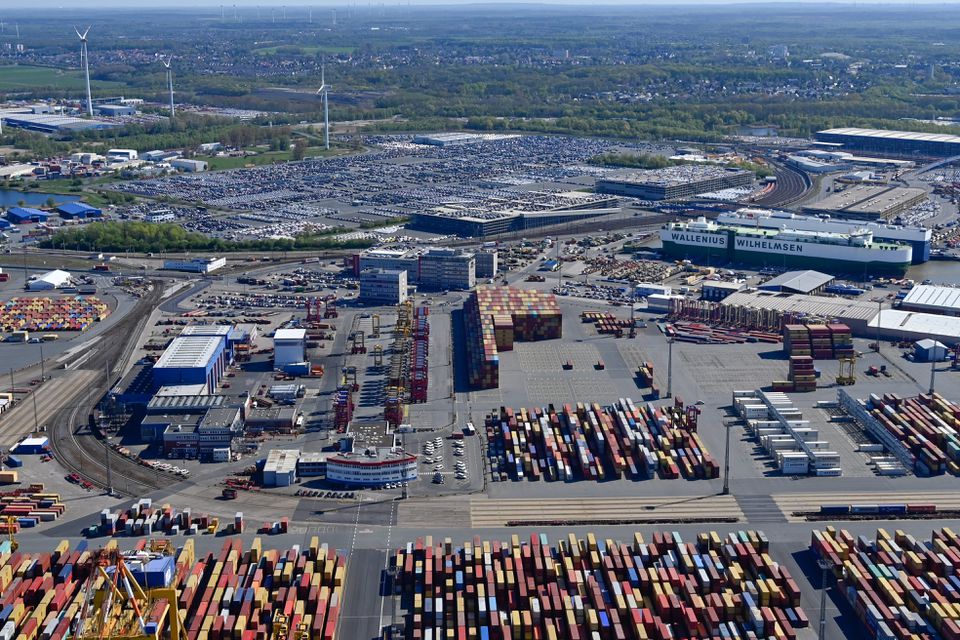
German exports and imports jumped more than expected in February, the Federal Statistics Office said on Monday, as the effects of the war in Ukraine have yet to be reflected in foreign trade figures.
Seasonally adjusted exports rose 6.4% on the month, compared to a rise of 1.5% predicted by economists.
Imports increased 4.5% on the month, compared to an average forecast for a 1.4% increase.
The trade surplus increased to 11.5 billion euros ($12.70 billion) from a downwardly revised 8.8 billion euros the previous month.
Full coverage: REUTERS
UK Financial Regulators To Review LME Halt To Trading
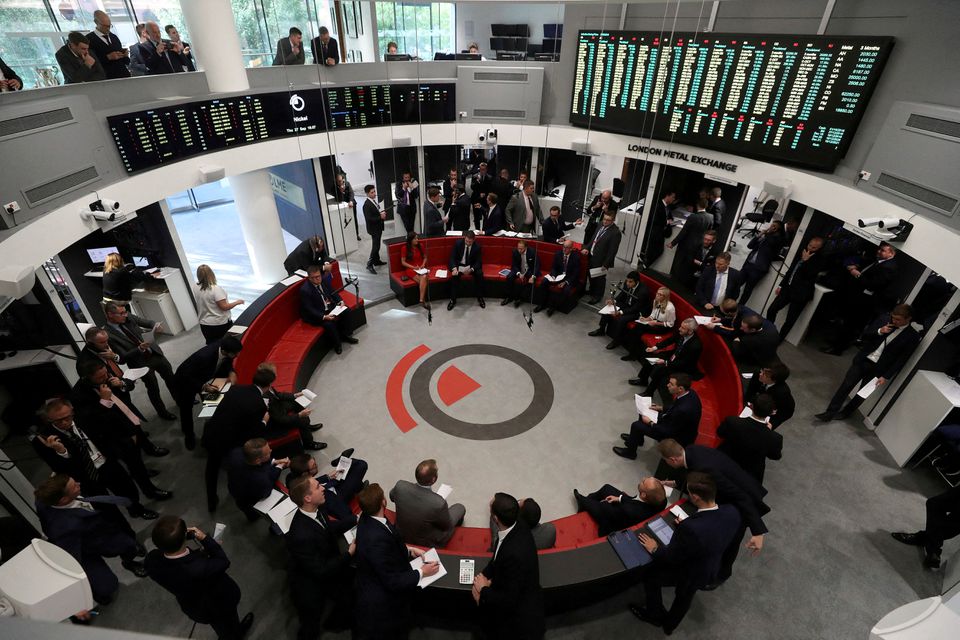
British financial regulators said on Monday that they would review the way the London Metal Exchange (LME) handled a halt in chaotic nickel trading last month and said the episode underlined questions about LME’s transparency.
The Financial Conduct Authority said it and the Bank of England would determine if further action should be taken.
“Events around the suspension and resumption of trading have underlined questions raised in a recent LME Discussion Paper on Market Structure, particularly the role of transparency in the LME and related markets,” the regulators said.
“The FCA has been in discussion with the LME on its proposals for some time and expects the LME to consider carefully how recent events should shape its future approach on market structure.”
Full coverage: REUTERS
WORLDWIDE: FINANCE/BUSINESS
Shares Turn Mixed, 2-year Treasury Yields Near 2.5%
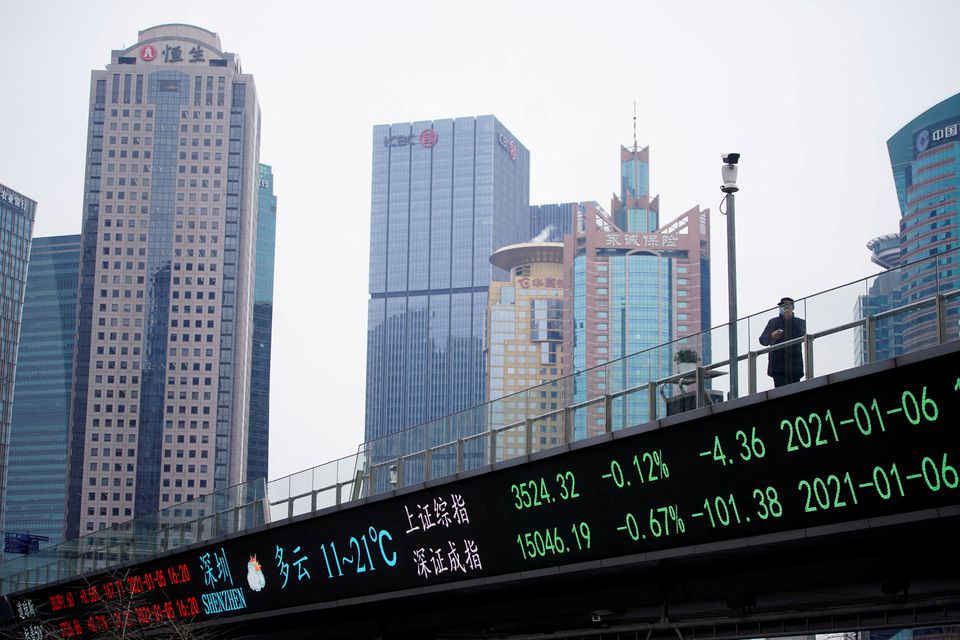
World share markets were mixed on Monday amid talk of yet more sanctions against Russia over its invasion of Ukraine, while bonds continued to spell the risk of a hard landing for the U.S. economy as short-term yields hit three-year highs.
A holiday on China made for sluggish trading, and MSCI’s broadest index of Asia-Pacific shares outside Japan (.MIAPJ0000PUS) inched up 0.3%.
Japan’s Nikkei (.N225) dipped 0.1%, while S&P 500 stock futures eased 0.1% and Nasdaq futures 0.2%. EUROSTOXX 50 futures were flat and FTSE futures added 0.4%.
While Russia-Ukraine peace talks dragged on, reports of Russian atrocities led Germany to say the West would agree to impose more sanctions in coming days.
Germany’s defence minister also said the European Union must discuss banning imports of Russian gas, a step that would likely send prices yet higher while forcing some sort of energy rationing in Europe.
Data out last week showed inflation in the EU had already surged to a record high, piling pressure on the European Central Bank to rein in runaway prices even as growth slows sharply.
“It really looks like it is time for the ECB to act,” warned analysts at ANZ in a note. “While the ECB will be cautious about raising rates, it certainly looks like it should act sooner to abolish its QE programme.”
The U.S. Federal Reserve has already hiked and is seen doing a lot more after Friday’s solid March payrolls report. A number of Fed officials are due to speak at public events this week, with the prospect of sending more hawkish signals, and minutes of the last policy meeting are due on Wednesday.
“We now expect the Fed to hike by 50bps in May, June, and July, before dialling the pace back slightly by delivering 25bps hikes at the September, November and December,” said Kevin Cummins chief U.S. economist at NatWest Markets.
“This will bring the funds rate into restrictive territory sooner, with 2.50-2.75% by year-end 2022.”
Investors reacted by hammering short-dated Treasuries and further inverting the yield curve as the market priced in the risk all this tightening would ultimately lead to recession.
On Monday, two-year yields were up at three-year highs of 2.49% and well above the 10-year at 2.410%.
The jump in yields has underpinned the U.S. dollar, particularly against the yen given the Bank of Japan acted repeatedly last week to keep its bond yields near zero.
Full coverage: REUTERS
Euro Weighed Down By Talk Of Fresh Russia Sanctions
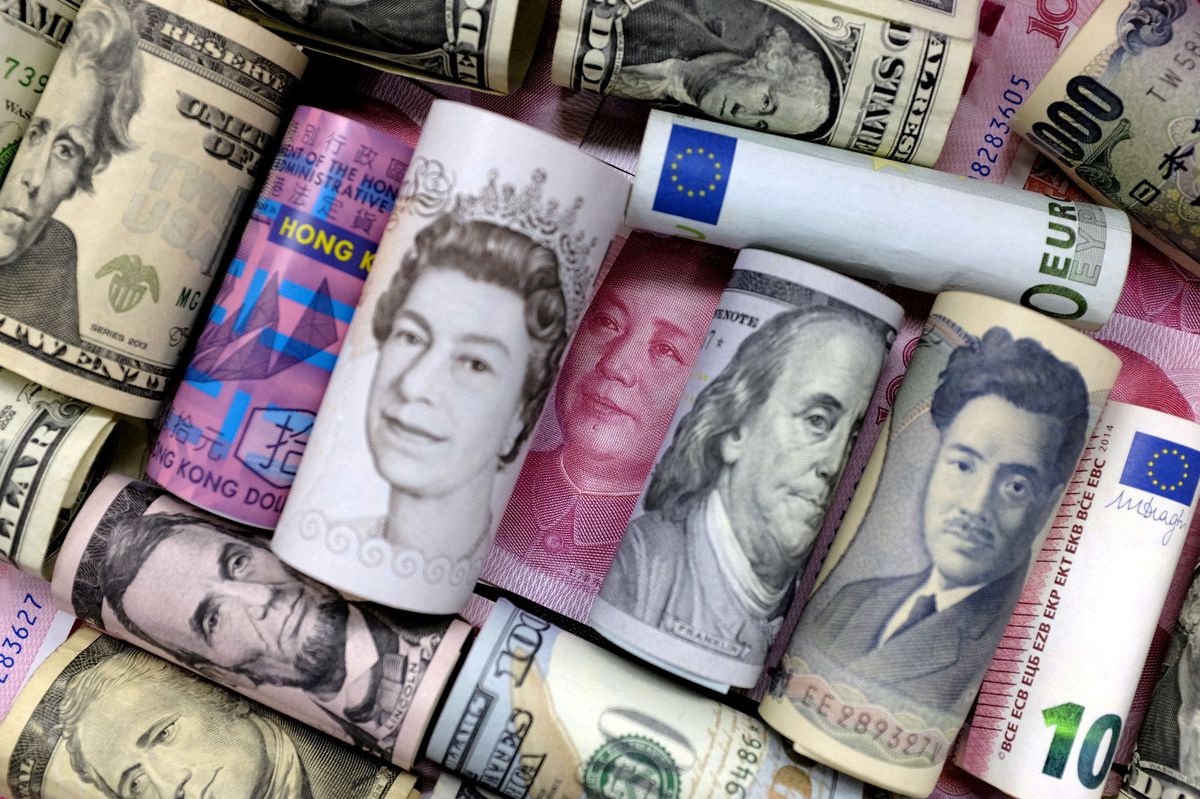
The dollar made a firm start to the week as Treasury yields rose with expectations of rapid-fire U.S. interest rate hikes, while talk of bans on Russian gas kept the euro within sight of its 2022 lows.
The euro has been weighed down by worries about the economic damage from war in Ukraine and last bought $1.1047, not too far from last month’s almost two-year trough of $1.0806.
Germany’s defence minister said on Sunday that the European Union must discuss banning imports of Russian gas, which could drag further on growth and the currency, after Ukrainian and European officials accused Russian forces of atrocities.
Ukraine accused Russian forces of carrying out a “massacre” in the town of Bucha, which was denied by Russia’s defence ministry.
“Negative news on the war or a further lift in energy prices could see EUR/USD test $1.0800,” Commonwealth Bank of Australia analysts said in a note.
“However, an improvement in sentiment or a weak dollar following the (Fed) minutes could push EUR/USD through upside resistance around $1.1150,” they added, referring to March Fed meeting minutes due for release on Wednesday.
Elsewhere, talk of new sanctions kept the broad mood cautious in early trade, and the dollar was up a bit against the Australian and New Zealand dollars as the commodity currencies’ rally cools with easing export prices.
The U.S. dollar index was steady around 98.529.
Data on Friday also showed U.S. unemployment hitting a two-year low of 3.6% last month, strong enough that investors bet it would strengthen the Federal Reserve’s resolve to tackle inflation by lifting rates sharply.
Fed funds futures have priced a near 4/5 chance of a 50 basis point hike next month and two-year yields stand at a three-year high of 2.4930%.
The yen, which steadied last week after a pummelling through March on the expectation of higher U.S. interest rates against anchored Japanese yields, has been squeezed back below 122 per dollar and last traded at 122.33.
“The yen is not out of the woods,” said Jane Foley, a senior strategist at Rabobank in London.
Full coverage: REUTERS
Oil Extends Losses On Reserves Release, Yemen Truce
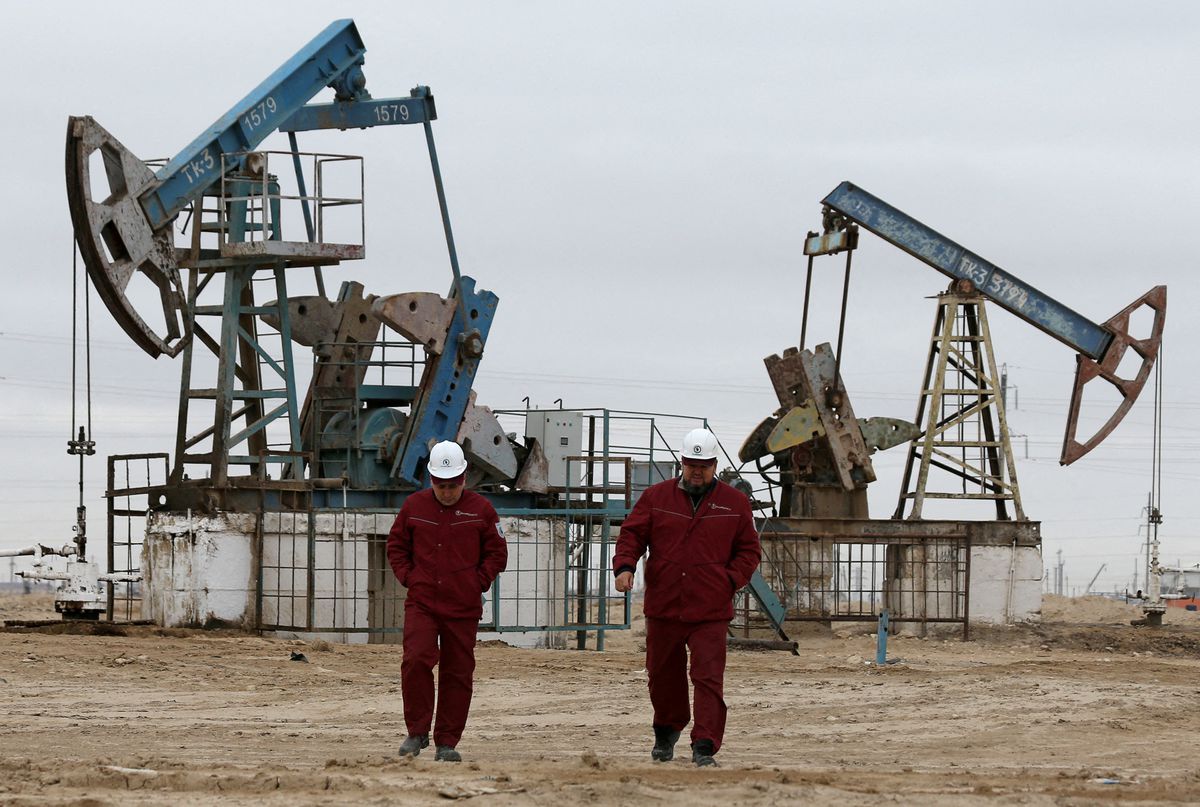
Oil prices extended losses on Monday as investors eyed the release of supplies from strategic reserves from consuming nations, while a truce in Yemen could ease supply disruption concerns in the Middle East.
Brent crude futures fell 79 cents, or 0.8%, to $103.60 a barrel by 0037 GMT while U.S. West Texas Intermediate crude was at $98.45 a barrel, down 82 cents, or 0.8%. Both contracts slipped $1 when markets opened on Monday.
The United Nations has brokered a two-month truce between a Saudi-led coalition and the Houthi group aligned with Iran for the first time in the seven-year conflict. Saudi oil facilities have come under attack by the Houthis during the conflict, adding to supply disruption from Russia.
“This was a threat to supply, and a ceasefire would reduce that threat to supply,” said Phil Flynn, an analyst at Price Futures Group.
Oil and gas condensate production at the world’s No. 2 exporter fell to 11.01 million barrels per day (bpd) in March, from an average output of 11.08 million bpd in February, industry sources said. Russian oil refining and exports have been hit by Western sanctions and buyer aversion following Russia’s invasion of Ukraine. Estimates of the Russian oil supply loss ranges from 1 million to 3 million bpd.
Oil prices slumped about 13% last week after U.S. President Joe Biden announced that up to 1 million bpd of oil will be sold from the U.S. Strategic Petroleum Reserve (SPR) for six months starting in May. Biden said the release, the third in the past six months, will serve as a bridge until domestic producers can boost output and bring supply back into balance with demand.
The U.S. Energy Department formally outlined a sale of oil from emergency reserves while members of the International Energy Agency also agreed to release more oil on Friday.
“The joint efforts of the US and its allies could temporarily balance off the supply shortfalls in 2022, but it might not be a long-term solution,” said Tina Teng, a markets analyst at CMC Markets APAC & Canada in a note.
“Also, the U.S. oil producers may be reluctant for an output increase to keep profit high.”
Full coverage: REUTERS

